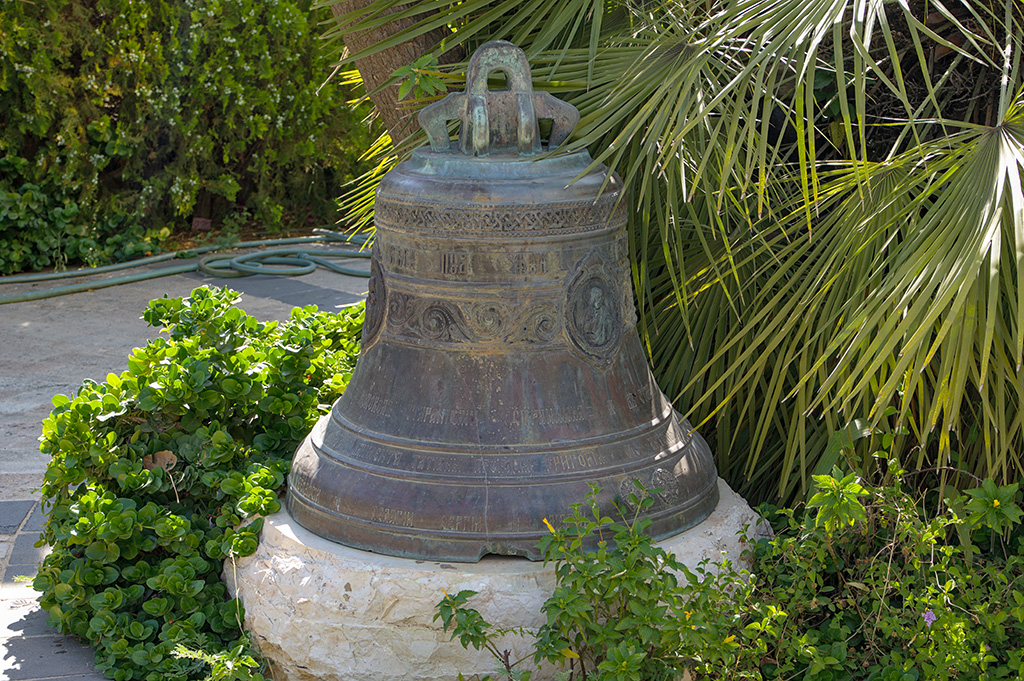When many think “collectibles,” their minds go to stamps, coins, art—and rarely to brass bells. Yet brass bells present a niche but intriguing opportunity: relatively small, transportable, historically resonant, and capable of carrying both aesthetic and monetary value. Below, we explore how a serious collector/investor might appraise and approach brass bells as alternative assets.
Why Brass Bells Deserve a Second Look
1. Portability & Durability
Brass is an alloy (copper + zinc) that resists corrosion relatively well and keeps its structural integrity over centuries. Unlike paintings (which need climate control) or delicate ceramics, a well-cared-for brass bell can survive transport and moderate handling. That makes them more practical as “moveable wealth.”
2. Broad Thematic Appeal
Brass bells cross thematic collector categories: maritime antiques (ship’s bells), religious/ritual bells (temple bells, ritual handbells), decorative/figural bells (Victorian, novelty), and hotel or service bells. This crossover demand helps provide liquidity: a maritime collector might be interested in the same object as a general antiques buyer.
3. Historical Provenance Adds Premium Value
A brass bell inscribed with a ship’s name, shipyard, naval service, or date can command a significant premium compared to an unattributed, generic bell. Provenance—especially tied to naval service, famous vessels, or historical events—is key to valuation.
Market Data & Auction Examples
To assess whether brass bells hold up as investments, we must examine real-world price data, market volatility, and buyer demand. The following examples demonstrate the current landscape:
- On 1stDibs, the average listing price for an antique brass bell is around USD 1,825, with some selling as low as USD 52 and as high as USD 90,951 (for exceptional, rare pieces). (1stDibs)
- On BigShipSalvage, contemporary and salvaged ship bells fetch in the $500–$825 range. E.g., a 12″ vintage brass ship bell listed at $575, or a marked “Zeebrugge” bell at $825. (Big Ship Salvage)
- A recent auction of a U.S. Navy ship’s brass bell had an estimate of $100–$1,000 (outcome not publicly disclosed). (Invaluable)
- Another lot of a generic “Vintage Brass Bell” (12 × 6¾ × 6¾ in) was estimated between $30 and $300. (Invaluable)
- A solid‐brass U.S. Navy bell (inherited) was professionally appraised to the range $500–$1,000, based on material quality, craftsmanship, and naval connection. (JustAnswer)
These data points illustrate a wide valuation range depending on rarity, provenance, size, condition, and buyer interest.
Key Value Drivers
From the examples above and collector practice, the following factors are most decisive in pricing:
| Value Driver | Why It Matters | Practical Tips |
|---|---|---|
| Provenance & Inscription | A bell tied to a known ship, mission, event, or era adds historical weight | Look for maker marks, ship names, naval serials, datestamps, engraved names |
| Rarity & Uniqueness | Bells from smaller shipyards or out-of-production foundries become scarce | Research foundry catalogs, compare surviving examples |
| Size & Weight (Acoustic Quality) | Larger bells with thicker walls often produce better tone and attract acoustic collectors | Check tone and resonance—bells that “ring true” often command premiums |
| Condition & Patina | Too much polishing can degrade surface detail or remove patina; too much corrosion can damage | Preserve patina; clean gently; document condition meticulously |
| Material Purity & Craftsmanship | Cast brass quality (less porosity, better alloys) and fine casting detail can set apart examples | Use xRF or expert assay if needed |
| Market Trends & Collector Interest | Marine and naval interest can spur demand (e.g. for ship’s bells), or religious/ritual enthusiasts for temple bells | Monitor auction catalogs, niche forums, collector communities |
Portfolio Role, Risks & Diversification
Role in a Collectibles Portfolio
- Hedging & Diversification — Brass bells don’t correlate strongly with equities, bonds, or real estate, so they may act as diversifiers.
- Tangible Asset — They’re non-financial, less prone to flash crashes, and represent physical ownership of history.
- Liquidity (with caveats) — Niche market means liquidity depends heavily on marketing, connections, and auction channels.
Key Risks
- Illiquidity — Very rare bells may wait years to find a buyer.
- Provenance Fraud — Fake inscriptions, forged patina, or misrepresented attribution are significant hazards.
- Condition Deterioration — Physical damage (cracks, corrosion, stress fractures) severely devalues a piece.
- Market Fads — Collector tastes can shift; a thematic niche (e.g. maritime) may wax and wane.
- Transaction Costs — Auction fees, shipping/insurance, conservation/restoration costs can erode profits.
Mitigants
- Work with reputable specialists and appraisers.
- Insist on detailed provenance and photographic documentation.
- Consider co-investment or consignment in well-known auction houses.
- Preserve rather than “restore aggressively”—value lies partly in age and authenticity.
Strategy for the Serious Investor
- Start Small – Begin with modest bells (e.g. service bells, hotel desk bells, small maritime bells) to learn the trade.
- Build Your Network – Join specialized groups (e.g. antique ship’s bells forums, maritime collector associations) and monitor auction houses specializing in maritime antiques.
- Document Everything – Keep photographs, measurements, condition reports, provenance chain all together.
- Acquire Signature Pieces – Over time aim for a “star” bell (a named naval ship, famous mission, rare foundry) that can anchor your collection and supply headline-level valuation.
- Rotate & Liquidate Smartly – Sell lower-tier or speculative bells when premiums rise, and reinvest into higher-value ones.
Conclusion
Brass bells may not (yet) carry the mainstream prestige of fine art or classic cars, but they combine advantageous traits—durability, portability, historical resonance, cross-collector appeal—that give them legitimacy as alternative assets. As with any collectible, success depends less on what you buy than how well you verify, preserve, and position it for future buyers.
For Invest Offshore readers, brass bells represent a niche frontier: less trodden than coins or stamps, but with room for strategic accumulation of historically meaningful pieces. With diligence, a discerning eye, and patience, they offer a melodic path to tangible, off-the-grid wealth.

Leave a Reply